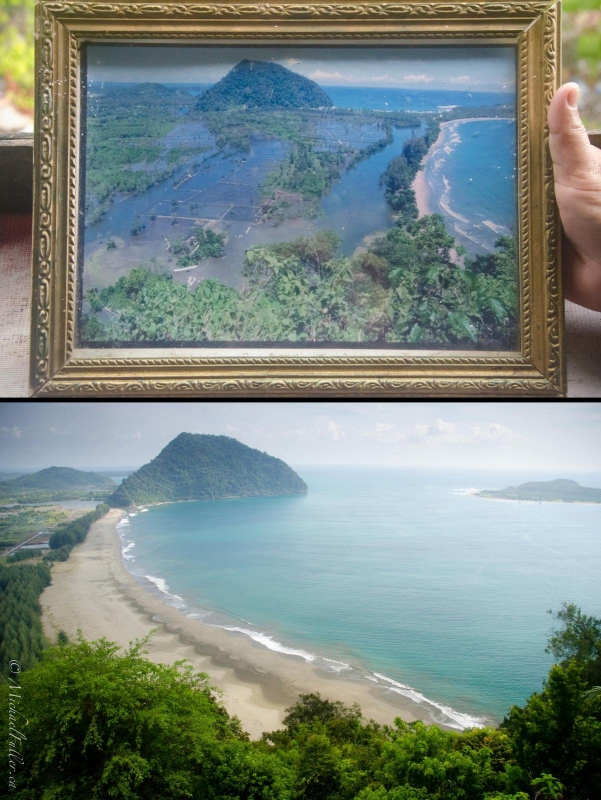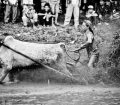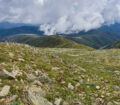There is a province in north Sumatra, beyond even North Sumatra. It was known for centuries for its strategic position guarding the Strait of Melacca. Then, for decades as the centre of a bloody civil war. And now, what images does the name “Aceh” conjur?
Probably tsunami devastation, owing to Boxing Day 2004. Ground zero of killer waves was on the west coast of this province. Some towns were reported as “vanished completely, leaving only scattered shards of concrete”. My base was Lhoknga, the nearest town on the west to the capital. After the tsunami, it had only one building left standing – the mosque.
But today you’d never know it, except for all the ‘Evakuasi Tsunami’ signs. This sleepy, fishy, surfy village is bustling (in a sleepy, fishy, surfy kind of way). In fact, Aceh’s entire west coast is reborn. Transformed, quite literally: The tsunami reshaped the coastline. NGO money has rebuilt the towns and roads. New opportunities in construction and tourism have ended the civil war. Life goes on here (with its typical challenges) amidst beautiful tropical scenery, where the jungles descend mountains to kiss the coast.
A newly rebuilt road runs down this stunning west coast, winding across rivers, over mountains, and along beaches. Let me show you a bit of who, and what, you find along that road. I hope it gives you something else to conjur the next time you hear “Aceh”. I want my photoset to change your mindset.
[Click photos to view full-screen with captions. For the full tale – of narrow escapes, tragic ends and civil war; featuring Little John, the Sultan of Aceh, and Queen Elizabeth – don’t miss my Echoes of Nightmares (Indonesia #7) ]

I arrived in Lhoknga via 'becak', a motorised rickshaw. Little John lost many family members (and nearly his arm) to the tsunami. I wrote about him in "Echoes of Nightmares".

The newly rebuilt road snakes over mountains as it winds its way hundreds of kilometers down the west coast of Aceh.

Mountains kiss the sea. In this stretch of west coast road, dozens of clifftop restaurants have been rebuilt. There are so few tourists here; these serve locals.

These siblings posed solemnly like the adults of yesteryear photography. Sumatran kids rarely make silly faces for photographs.

Between torrential downpours, this rice farmer matriarch would run out from the huts to scare away the birds. Sumatra has some of the most fertile soil in the world, sometimes yielding (an astonishing) three harvests per year.

A living scarecrow, this man protected their family rice crop from the birds using bags tied to sticks.

These two photos were taken from the same place: The top, before the tsunami. The bottom, today. Tsunamis are powerful things. Read the full story in "Echoes of Nightmares".




























